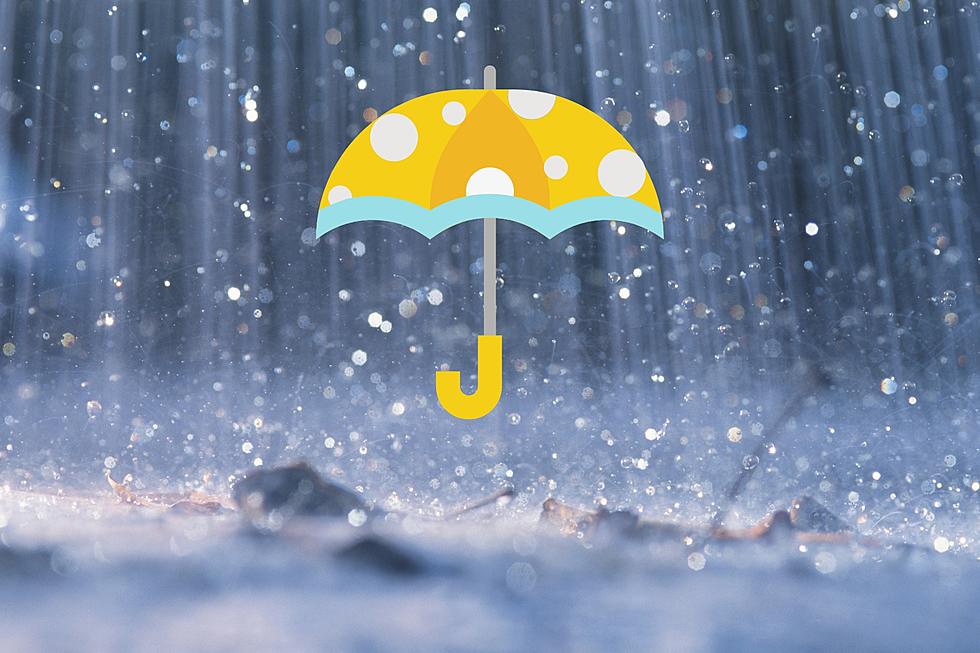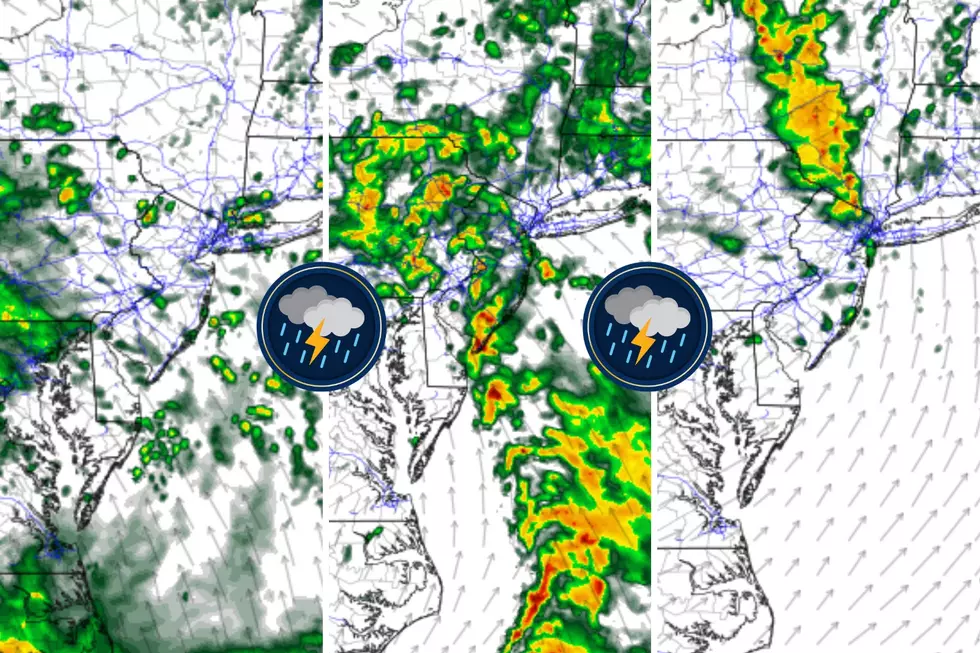
Cell Phones Across NJ Will Receive More of Loud Emergency Alerts
Beeeeeeeeep Beep Beep.
Oh, those alert tones will wake you from a sound sleep and make your heart skip a beat or two. The Wireless Emergency Alerts (WEA) system was created by an act of Congress in 2006, allowing for emergency communication to be sent directly and automatically to cellular phones and other mobile devices.
Behind the scenes, WEA operates using a special text messaging protocol called CMAS (Commercial Mobile Alert System). It serves as a supplement to the Emergency Alert System (EAS) that automatically interrupts television and radio broadcasts.
And frankly, it was (and is) a huge step forward in timely, accurate severe weather communication.

One of the advantages of WEA over EAS (and other communication avenues) is that alerts are geographically coded to specific cell phone towers. So, for the most part, only those in immediate danger will receive that alert.
There are a total of 13 types of messages that can currently be sent as a Wireless Emergency Alert. Nine of them are weather-related, including one that is brand new as of August 2021. Severe Thunderstorm Warnings marked with a "destructive" tag will be included in the WEA infrastructure going forward.
BEEP BEEP BEEP: These are the 13 types of Wireless Emergency Alerts auto-pushed to your phone
LOOK: See what 50 company logos looked like then and now
Here are the 50 best beach towns in America
More From WPG Talk Radio 95.5 FM










